CompareGuru Financial Services is an authorised financial services provider FSP. 47696
Having many short-term loans can negatively impact your credit score. But, is the same true long-term loans such as a bond for house?
Will applying for multiple bond applications negatively impact your credit score? This question seems to be on the lips of many South Africans. They fear their credit score will be attacked or payments driven up if successful. Many will also only apply for a personal loan at their current bank. This is due to them thinking their credit score is at risk if they apply for a bond somewhere else. This raises some concerns if you are simply comparing prices in order to get the best deals with the best conditions.
What Happens Every Time You Apply For a Loan?
When you apply for a loan, this gets recorded on your credit profile and is known as 'footprinting'. Footprinting allows credit providers to assess you. They will use this information to make a decision on whether to decline or accept your loan application.
Short Term Vs. Long Term Credit
David Coleman, the head of Analytics at Experian South Africa says a multitude of factors are considered when vetting credit applications. A demand for a certain type of credit may set off alarm bells for lenders.
“A sudden surge in demand for unsecured or short term credit, linked with signs of stress building on indebtedness and repayment capacity of the consumer, would result in the credit provider taking a more cautious approach in extending further credit to such a consumer.”This, however, is not the same when considering a home loan, which is a long term credit. A home loan is different to short term credit. Nedbank even comments that they see multiple bond applications made at the same time as a single inquiry. Head of credit for FNB retail, Hannalie Crous explains that they also make a distinction:
“The handful of credit bureau inquires associated with a bond application will have no effect. A consistent trend, however, indicating that a consumer is taking on multiple loans, could influence the outcome of a credit application.”
Not All Bureaus Will See You The Same
In other words, the banks don’t see it as a negative if you shop around for a bond. Instead, they have their own in-house processes and conditions.
“It’s not a one size fits all, says Michelle Dickens, MD of TPN. Each credit bureau and each credit provider, that has their own in-house score, will score consumers using their own criteria. As a result, there will be a higher weighting towards different aspects of data. This will either improve or decline the ultimate overall score.”Head of the Consumer Bureau at XDS, Alex Moir, explains the process that is likely to follow a loan application:
“Not all credit bureaus will use the application data in the credit scores. This means that a customer could go to as many banks as they like. Their risk score with these bureaus would not be impacted. “Some credit bureaus do, however, use the application data and, in this instance, the consumer’s score could actually be impacted positively if they do inquiries at different banks. There is generally a threshold, however, that the bureaus will have. With this, making one to three inquiries would add points to your score, three to five inquiries would leave the score as is, and more than five could deduct points from your (credit) score.”This legacy, Moir believes, stems from these initial scorecards, where developed and limited profile data was available. As a result, any data supplied was used. This, however, can now be considered the exception.
“Where you have a consumer with a lot of information, such as a number of accounts with payment profiles, there’s enough other data to make an assessment. But, when there is not a lot of other information, then the weighting could lean more towards the footprinting,” says Dickens. She adds that bureaus can’t give you a negative credit score just because they have no information to go on.
“You can’t be scored as a below-average or poor consumer simply because there is not enough information to score you as well.


